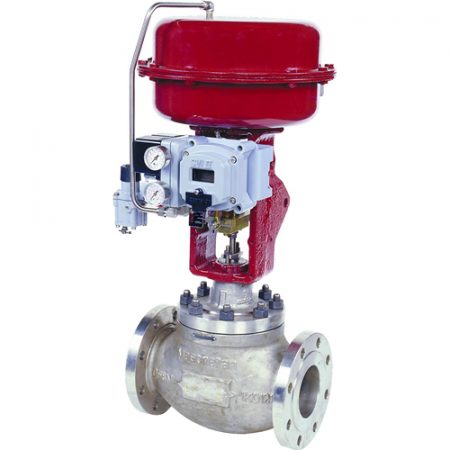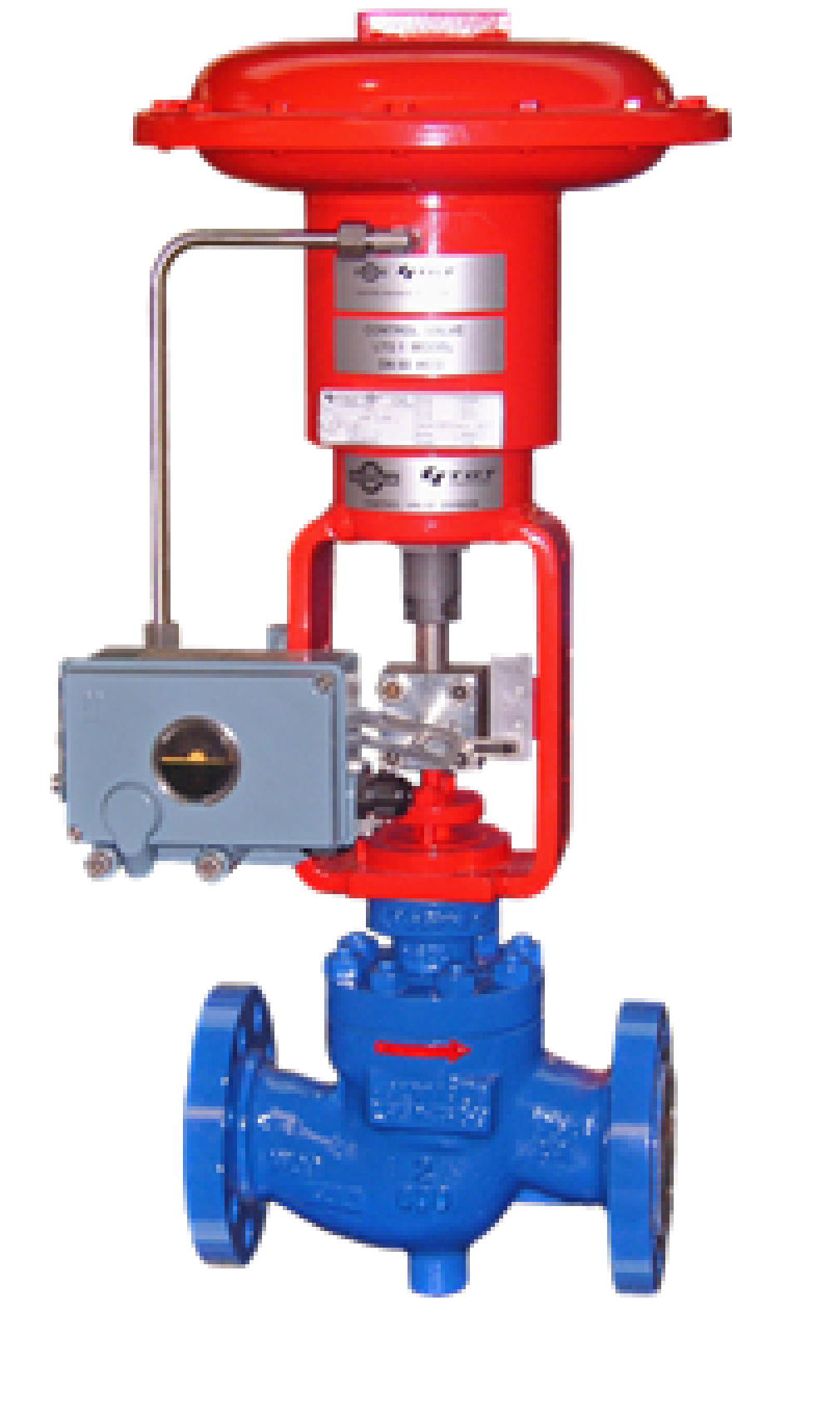The Duty of Control Valves in Liquid Flow Management Systems
The Duty of Control Valves in Liquid Flow Management Systems
Blog Article

Maximize Power Financial Savings and Comfort With Advanced Structure Automation Controls
In the realm of modern style and center administration, the combination of innovative building automation regulates stands as a pivotal innovation. By harnessing the power of automation, structures can adjust, respond, and develop in means that were when unbelievable.
Power Performance Advantages
Energy effectiveness advantages can dramatically lower power usage and functional costs in structures. By applying energy-efficient methods and modern technologies, building proprietors and drivers can accomplish significant cost savings while likewise contributing to environmental sustainability. One of the key advantages of boosting energy efficiency in structures is the reduction of energy bills. Energy-efficient systems, such as advanced structure automation controls, can maximize using sources like lighting, heating, and cooling, bring about reduced power costs with time.
Additionally, boosted energy performance can lengthen the lifespan of structure tools and systems. By operating extra effectively, heating and cooling systems, lighting fixture, and various other structure elements experience much less damage, resulting in reduced upkeep and replacement prices. In addition, energy-efficient buildings commonly command greater home values and rental prices, giving long-lasting monetary advantages to owners.
In addition, power effectiveness can enhance resident convenience and efficiency. Effectively controlled indoor environments with optimum illumination and thermal problems create an even more positive and favorable workspace, leading to boosted employee complete satisfaction and efficiency. Overall, the power performance benefits linked with innovative structure automation controls are multifaceted, encompassing expense financial savings, environmental stewardship, and resident wellness.
Boosted Convenience Control
Enhancing comfort control in building environments calls for a sophisticated integration of innovative automation systems for optimal resident health. By making use of innovative structure automation controls, centers can tailor the indoor setting to satisfy the particular demands and preferences of occupants. control valves.
Boosted convenience control goes beyond standard temperature adjustments. It consists of features such as customized setups, tenancy sensors, and all-natural light use to create a dynamic and receptive setting. By incorporating these sophisticated controls, buildings can not only enhance convenience but also boost energy efficiency by maximizing system operations based upon actual tenancy and use patterns. Eventually, focusing on owner convenience with advanced automation systems brings about a more enjoyable and much healthier interior atmosphere.
Functional Performance Improvements

Additionally, the implementation of real-time surveillance and analytics tools enables structure drivers to recognize power inefficiencies and operational abnormalities quickly. By continually keeping track of power use patterns and system efficiency metrics, changes can be made in real-time to optimize energy consumption and make sure peak operational efficiency. control valves. Furthermore, integrating need reaction techniques into building automation controls can further boost operational performance by dynamically changing energy usage based on grid conditions and pricing signals
Indoor Climate Optimization
Reliable indoor environment optimization is a basic element of building find out automation controls, making certain residents' comfort and well-being while making the most of power savings. By using innovative sensing units and controls, developing automation systems can constantly change and check temperature, moisture levels, air high quality, and ventilation to create an optimum indoor setting. Preserving regular and comfy problems not only improves owner fulfillment but you can find out more likewise improves efficiency and total wellness.
Indoor environment optimization additionally plays a critical function in power effectiveness. By fine-tuning heating, air flow, and air conditioning systems based upon real-time information and tenancy patterns, developing automation controls can substantially reduce power intake - control valves. Carrying out techniques such as demand-controlled ventilation and thermal zoning can help reduce energy waste while guaranteeing that each area of the structure receives the essential conditioning.

Lasting Environment Development
Structure automation manages not just enhance indoor environment conditions for power effectiveness and owner convenience but additionally lay the structure for producing a lasting atmosphere through calculated monitoring of systems and sources. By incorporating sophisticated building automation technologies, such as sensing units, actuators, and intelligent software program, facilities can keep an eye on and adjust energy use in real-time to reduce waste and reduce their carbon impact. These systems enable predictive upkeep, determining prospective issues before they intensify and optimizing equipment efficiency to enhance longevity and efficiency.
Furthermore, sustainable atmosphere creation prolongs beyond energy monitoring to incorporate water preservation, waste reduction, and indoor air quality enhancement. Building automation controls can control water usage, discover leaks, and guarantee correct garbage disposal methods, contributing to overall sustainability efforts. In addition, by checking and managing ventilation and purification systems, these modern technologies enhance occupant wellness and productivity while decreasing power consumption connected with cooling and heating operations.
Final Thought
To conclude, progressed structure automation regulates offer significant advantages in terms of energy savings, convenience control, operational effectiveness, interior climate optimization, and producing a sustainable setting. By applying these controls, buildings can accomplish optimal performance while reducing energy consumption and improving owner comfort. It appears that making use of advanced automation technology is vital in boosting structure performance and producing a much more lasting future.
Energy performance benefits can dramatically lower energy intake and functional expenses in buildings. In general, the power effectiveness benefits linked with advanced building automation controls are diverse, including price financial savings, ecological stewardship, and occupant well-being.
Furthermore, incorporating need feedback approaches into building automation controls can even more boost functional performance by dynamically readjusting power use based on grid problems and prices signals.
Structure automation controls not only optimize indoor environment conditions for energy performance and resident comfort yet additionally lay the structure for producing a lasting setting via tactical management of systems and resources.In verdict, advanced structure automation manages offer substantial advantages in terms of power cost savings, convenience control, operational effectiveness, interior climate optimization, and creating a lasting setting.
Report this page